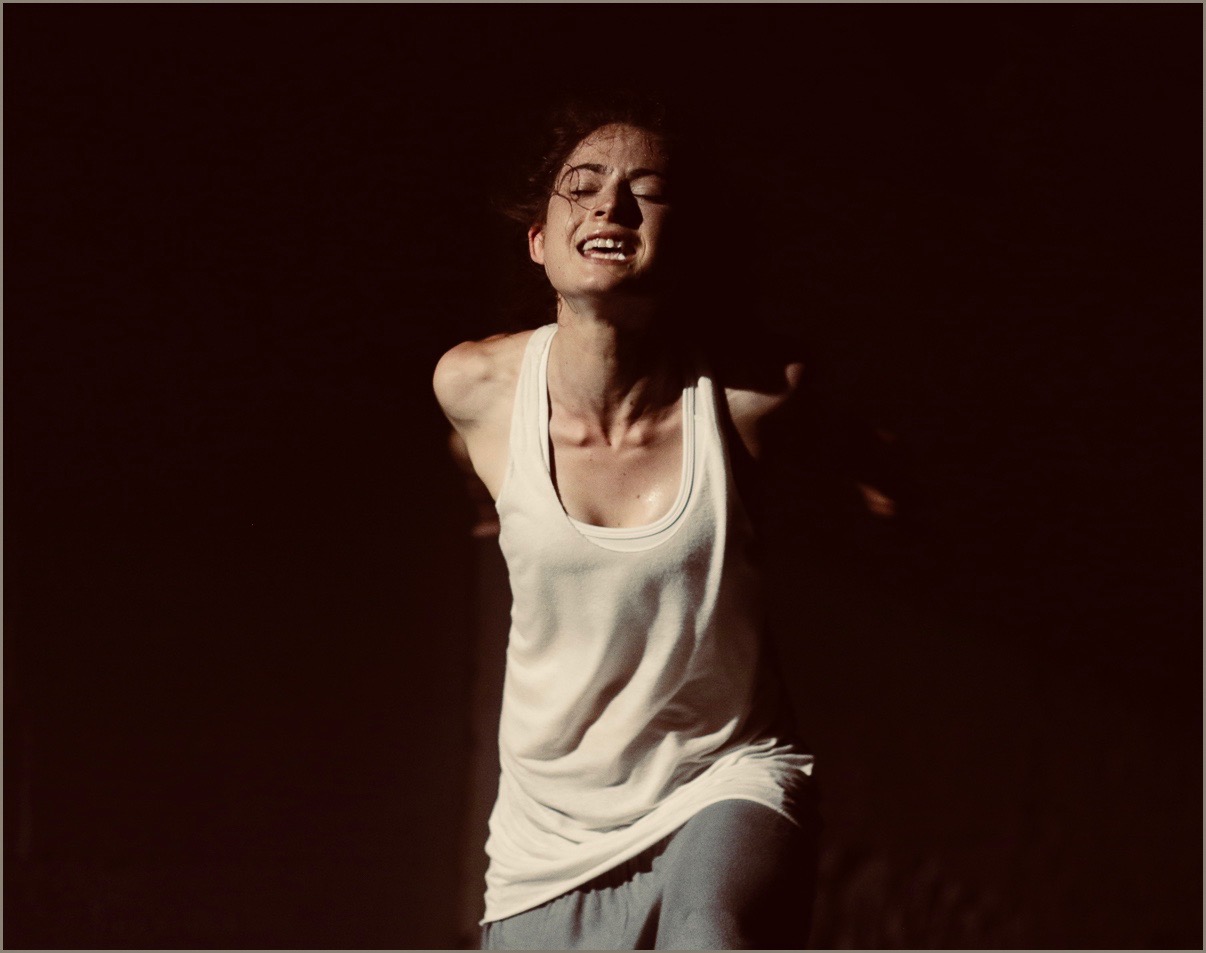Research
Dancing can induce an enhanced, or at least a different kind of consciousness from our normal practical everyday awareness of the world…Behind external events the dancer perceives another, entirely different, world…a hidden forgotten landscape lies there, the land of silence, the realm of the soul…The sound of the human voice and the movement of the human body if rightly used can alone bring us near to glimpse these worlds (Valerie Preston-Dunlop).
SoundBody - Interdisciplinarity towards an Empowered Body of Knowledge
Publications
Interdisciplinarity: Using Self-Feedback to Enhance Integrative and Conscious Practice

Moving with, across and beyond the usually fragmented disciplines such as Dance, Voice and Drama, a new kind of integrative practice (SoundBody) was formed as a way of training and assessing performing arts students. Via a transdisciplinary approach the voice served as an integrating agent of the whole body, culminating in the blurring of and ignoring discipline boundaries. Essentially, a unitary type of inquiry emerged, which, as claimed by Stember (2014)[1], is highly conducive for enabling students to take a more holistic and individual approach to their learning.
While recent studies have confirmed great benefits of interdisciplinary working, rigid assessment, time and resources driven institutional structures in much of higher education do not allow for an emergence of innovative and original endeavours, promoting replication and formulation as well as a conformist way of thinking.[2]
In order to provide a learning environment in which autonomy, interdependence and consciousness could strive it was essential to remove the usually strictly formulated learning outcomes with their inherent expectations. Instead fundamental interdisciplinary qualities such as intuition, playfulness and experimentation were encouraged.
The students were verbally guided to immerse themselves in integrative voice and movement work as well as participate in mutual discourse on their experiences. However, the usual summative practical ‘assessment’ was substituted with an on going ‘self-evaluation’, or rather ‘self-awareness’, which opened up pathways for independent student-centred learning. Space and time was given for the students to ‘uncover’ the way their own bodies work, process information (mental and physical) and effectively learn. Thus, the attempt at an open-ended learning environment sufficed not only for a more exciting and creative platform but also emphasised the student as producer, rather than consumer, of knowledge.
After overcoming a feeling of bewilderment about the gained freedom, the students eventually found certain trust in their own knowing, valuing feedback from the ‘self’ rather than merely from the ‘other’. Demonstrating self-awareness of the interconnectedness of all the bodily systems was eventually and mutually discovered as one of the central aims, indispensable to a performer’s profession.
Moreover, every executed sound-movement task, whether improvised or choreographed, provided instantaneous personal, unique and comprehensible feedback experienced in the body, rather than existing in the form of an abstract thought or number. Even working collaboratively, sharing each other’s journeys and providing continuous formative feedback via collective dialogue not only encouraged autonomous meta- learning skills, but equally underscored knowledge gained through the self.
As a result, stepping back from the process as the teacher and assessor, the students had the freedom to make their connections and conclusions through themselves (self reflection) and through each other (peer feedback). Thereby learning was enhanced, as highlighted by Rogers[3], “…learning is maximised when judgments by the learner (in the form of self-assessment) are emphasised and judgments by the teacher are minimised”.
The emphasis, however, remained precisely on ‘conscious self-awareness’ rather than ‘critical judgment’ toward, as Barnett (1969)[4]put it, a process of “releasing ourselves from the shackles of beliefs or knowledge systems which serve to limit human potential”.
While this new SoundBodypractice was initiated as a pilot project outside the usual curriculum, there are numerous other possibilities to include interdisciplinarity into ‘regular’ classes and assessments, should necessary resources not be provided. For example, a similar trial as part of a Contemporary Dance lesson consisted of adding extensive breath and sound to the assessed movement material, thus allowing for the students again to apply a more holistic approach to their learning with little extra time needed to work on the integration of the two. This slightly more structured approach still enhanced their awareness of the working mechanisms of the whole body placing it in relation to dance technique and performance respectively. Nonetheless, making space for free experimentation and creative ‘play’ within the curriculum proved to be invaluable and hence should be facilitated as part of some NEW learning outcomes of a performer’s training regime.
[1]Stember in Carr, P., Dennis, R. and Hand, R. (2014). Dancing with inter-disciplinarity: strategies and practices in higher education Dance, Drama and Music. P.6.
[2]Carr, P., Dennis, R. and Hand, R. (2014). Dancing with inter-disciplinarity: strategies and practices in higher education Dance, Drama and Musicand
Chettiparamb, A. (2007). Interdisciplinarity: a literature review. Southampton: The Interdisciplinary Teaching and Learning Group, University of Southampton
[3]Bryan, C. (2015). Enhancing Student Learning in Lea, J. (Ed) Enhancing Learning and Teaching in Higher Education: Engaging with the Dimensions of Practice. Maidenhead: Open University Press
[4]Hilsdon, J. (2007). ‘A Call for Permanent Revolution?’ in Literature Reviews: Critical thinking and reflection. University of Plymouth. [ONLINE] P.3.
